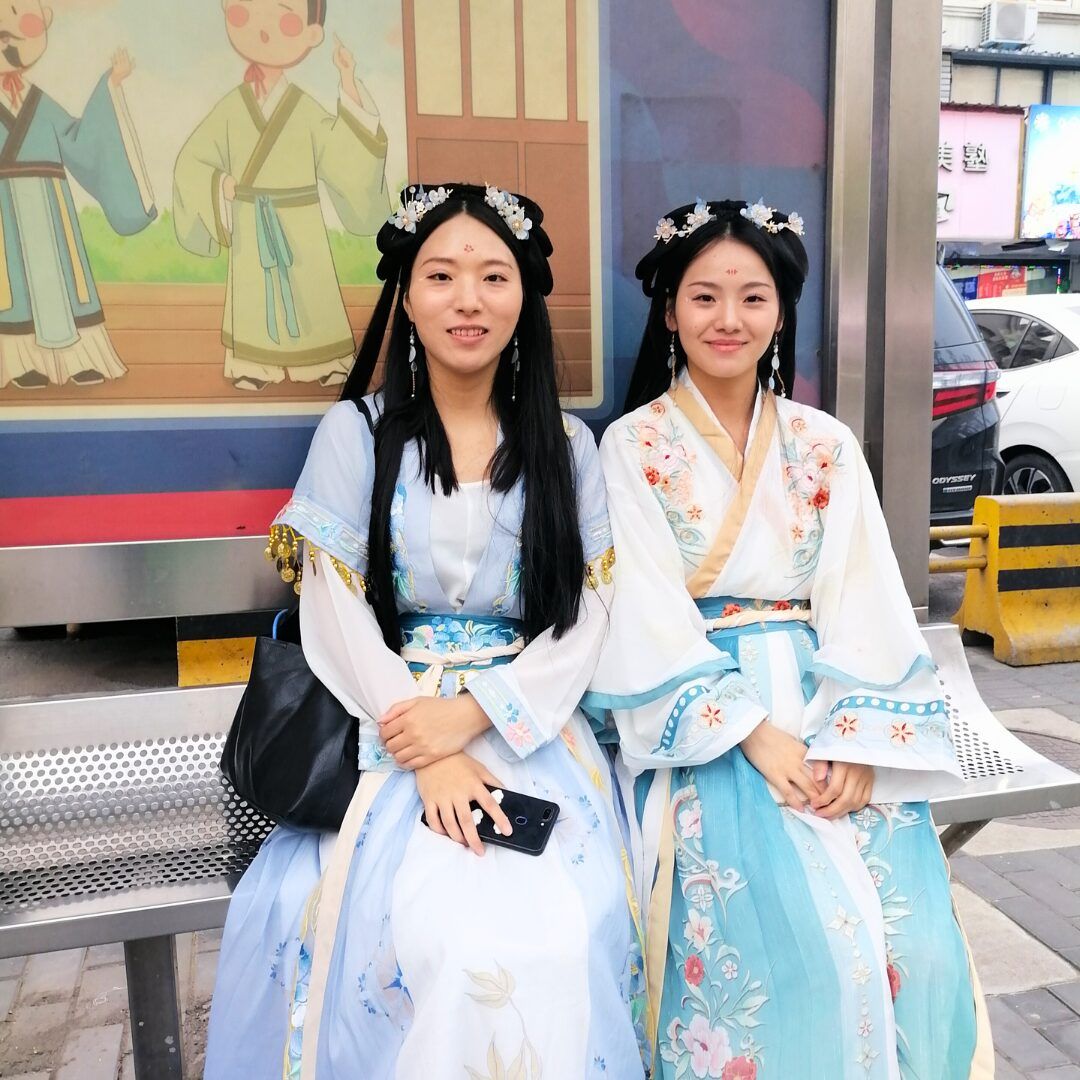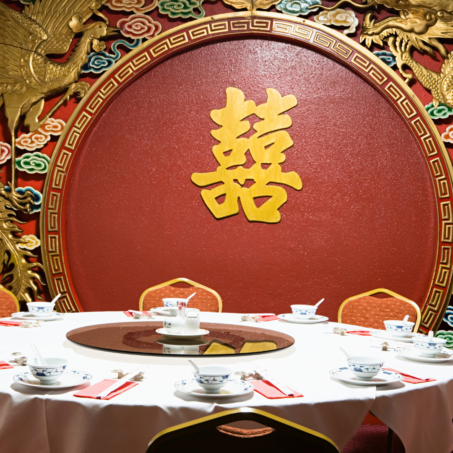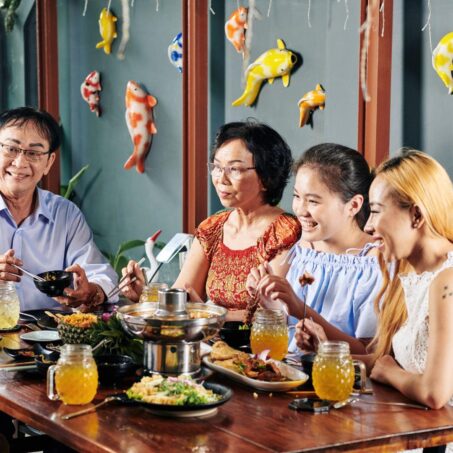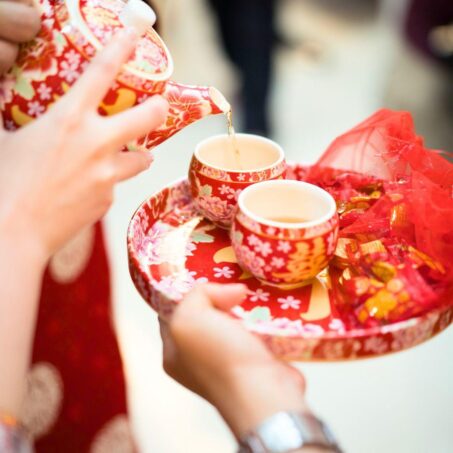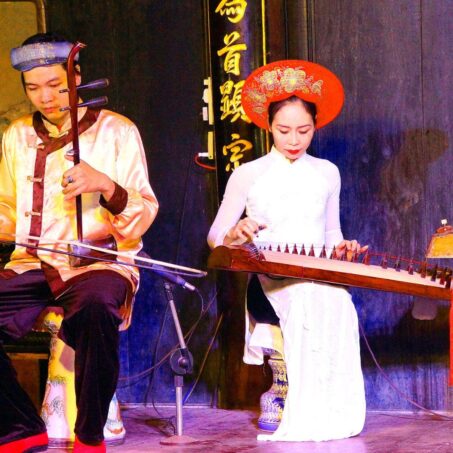When you think of traditional Chinese clothing, you might automatically think of 旗袍 qípáo / cheongsam (长衫 ‘chángshān’ in Mandarin) – but have you heard of 汉服 hànfú?
What is hanfu?
While the shift dress-like qipao originates from the Manchu people, flowier hanfu originates from the Han people – both are a type of traditional Chinese clothing. And until recently, it wasn’t common to see either worn as daily clothing in the 21st century.
However, traditional Chinese clothing has recently been making a comeback: the younger generation in China and Taiwan are increasingly embracing their roots and styling traditional clothes for everyday wear. And where they used to be relegated to special ceremonies, TV dramas and costumes, traditional Chinese clothing is now enjoying a refreshed life on the modern high street alongside trainers and t-shirts.
The difference between hanfu and qipao
Hanfu used to refer to pre-Qing Dynasty styles, characterised by layers of lightweight, flowing fabric. During the Qing Dynasty when Manchu fashion took over, sleeker silhouettes with stiffer brocades and silks became the norm, which evolved into qipao. Nowadays, ‘hanfu’ is a term often used to describe clothes with a traditional Chinese style in general, and is less a term to describe historically-accurate outfits.
There’s also a subtype of hanfu fashion called 汉元素 ‘hàn yuánsù’, meaning the items of clothing are modern but with traditional Chinese elements (rather than being made to look completely traditional). An example could be a plain blouse with Chinese knot closures, or a pleated wrap-around skirt with a long tie-up sash.
Do people still wear hanfu now?
As well as the overall ‘look’ of hanfu, a few specific items of traditional clothing are also becoming popular and worn with modern outfits. For example 马面裙 mǎ miàn qún (literally ‘horse face skirt’) – a long, pleated skirt tied at the waist that dates back to the Song Dynasty. It’s versatile to mix and match with any kind of top, but has also recently been propelled into further prominence by Chinese netizens styling them underneath qipao for an even more dramatic look. You can now even find short miniskirt versions of them, too.
The 云肩 yún jiān ‘cloud collar’ is also enjoying a revival, but not for everyday wear – it’s become a popular accessory with university students, who are increasingly wearing them with their graduation gowns. Prominent in the Ming and Qing dynasties, cloud collars are ornate pieces of fabric worn around the neck and shoulders, often featuring intricate embroidery.
Where to try on hanfu in China and Taiwan
China’s Gen Z aren’t the only ones embracing ancient Chinese fashion – visitors to China and Taiwan are too, with more and more hanfu outfit rental shops appearing around popular tourist destinations. These are shops from which you can rent an outfit for a day – and many often offer hair, makeup and professional photography services, too. For example, there are many shops in Beijing offering Qing Dynasty imperial robe rental, and offering retro qipao makeovers in Taipei. Businesses like 宫宴 Gōng Yàn in Shanghai, Beijing and Hangzhou give you the chance to dress up in modernised Song Dynasty hanfu while enjoying a traditional banquet.
The best way to find rental shops in China is to download the app 大众点评 Dàzhòng Diǎnpíng (simply known as ‘Dianping’) and search for ‘汉服’ to find hanfu rental shops local to the area you want to explore. You can also find qipao rental stores in Taiwan on Klook. Of course, it helps if you can also speak a bit of Mandarin so you can let them know your favourite colours and hairstyle preferences, and reading Chinese is even more helpful when booking shows like Gong Yan as they’re often only available through WeChat.
If you’re thinking about buying or renting hanfu while travelling, why not consider booking yourself onto a homestay learning course with us in a city (or more) of your choice? Not only will you be living with an expert Chinese teacher, but you’ll also be learning contextual language rather than classroom language that’ll help you on your travels. And don’t forget to join our Facebook group to keep up with the latest news and offers too!

